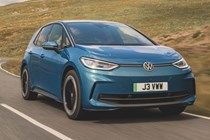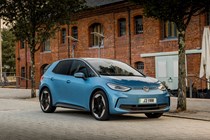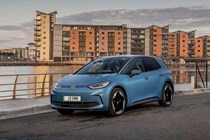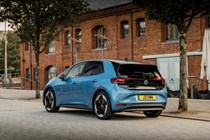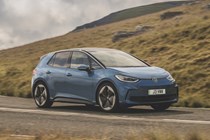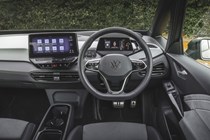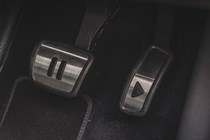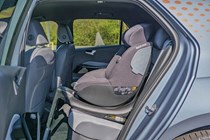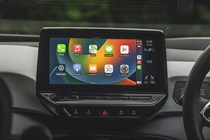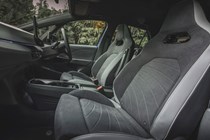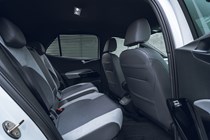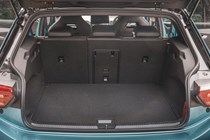
Volkswagen ID.3 engines, drive and performance
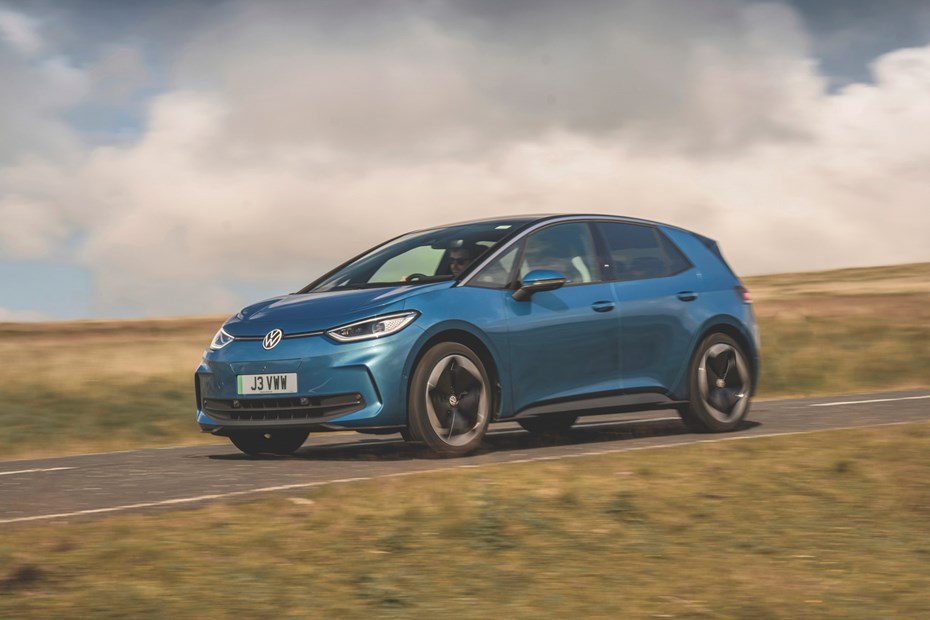
- Range of versions now available
- It’s quick for a non-performance car
- Handles well, rides comfortably
Volkswagen ID.3 electric motors
Volkswagen has continued to chop and change the range of powertrains on the ID.3. Volkswagen used to offer it with a 150hp electric motor – but it axed that version when it facelifted the car in 2023. Initially after this update, the only motor you could have was a 204hp unit, though there are now four models now on offer, all remaining rear-wheel-drive
The line-up now starts with the Pure model, using a 170hp electric motor paired to a 52kWh battery. VW claims a range of 241 miles and an 8.2-second 0-62mph time. Above this sits the Pro model, which uses the well-established 204hp motor mated to a 59kWh battery. A 7.6-second 0-62mph time is enabled along with a claimed 269 miles of range.
The Pro S model uses the same 204hp motor but gets a far larger 77kWh battery, allowing up to 346 miles of range, though it’s slightly slower because of its heavier battery, with 0-62mph taking 8.2 seconds.
At the top of the line-up is the GTX, and though we’ve covered it in a separate review, it’s worth touching on, not least because it offers the most performance and range, a rare combination in the EV world. It uses a newer, more efficient 79kWh battery enabling a claimed 369 miles of range, while its 326hp electric motor chops the 62mph sprint time to 5.7 seconds.

Traction is excellent, and the ID.3 delivers rapid response well into motorway speeds. You won’t get caught out on slip roads in one of these, and your ability to safely overtake slower traffic is never in doubt. There is occasionally the slightest of pauses between applying the accelerator and the vehicle’s reaction. The performance also doesn’t thump you in the back in the same way as a Tesla Model 3 Performance, which may deter thrill seekers.
The ID.3 offers two energy recuperation modes called D (for Drive) and B (for Brake). The system uses drag from the electric motor to slow the car down and top up the battery – and Volkswagen’s tech is pleasingly simple. In B mode, you can adjust the level of recuperation with the position of your right foot. The further off the pedal it is, the more regen you have. In fact, you can drive it around town all day and barely touch the conventional brakes at all.
What’s it like to drive?
- Responsive steering
- Engaging handling
- Quiet driving experience
Volkswagen pulled a clever trick with the ID.3’s ride and handling. It’s around 500kg heavier than a Golf, yet you rarely feel this heft in everyday driving. The ID.3’s well-weighted steering and rear-wheel drive means you can have surprising amount of fun with the car on a twisty road. It’s a lot more balanced and engaging than the Vauxhall Astra Electric.
A big part of why the ID.3 is so good is its weight distribution. This is normally discussed as a split across the car’s axles but here we’re talking about its verticality. Most of the ID.3’s weight is concentrated low down under the cabin due to the battery, which gives it a low centre of a gravity and a surprising amount of grip.
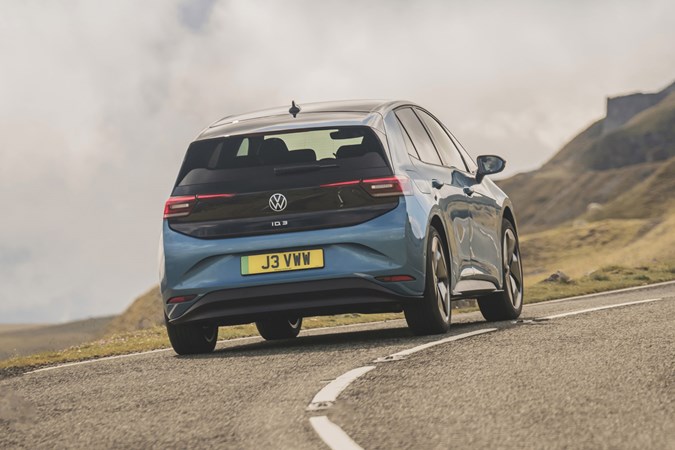
You can escape its bulk entirely, though. Even in its lightest guise, the ID.3 weighs a whopping 1,821kg. That’s a lot of weight for the suspension to control and you can feel the chassis putting up a fight when you throw it at a corner hard. And while the car flows pliantly over most surfaces, those big wheels will thump into sharp ridges and drop heavily into potholes. Still, it’s more compliant than the related Cupra Born.
Overall, though, it’s a very satisfying car to drive. Easy going when you want it to be, but with more than enough performance to be fun should the mood take you.


